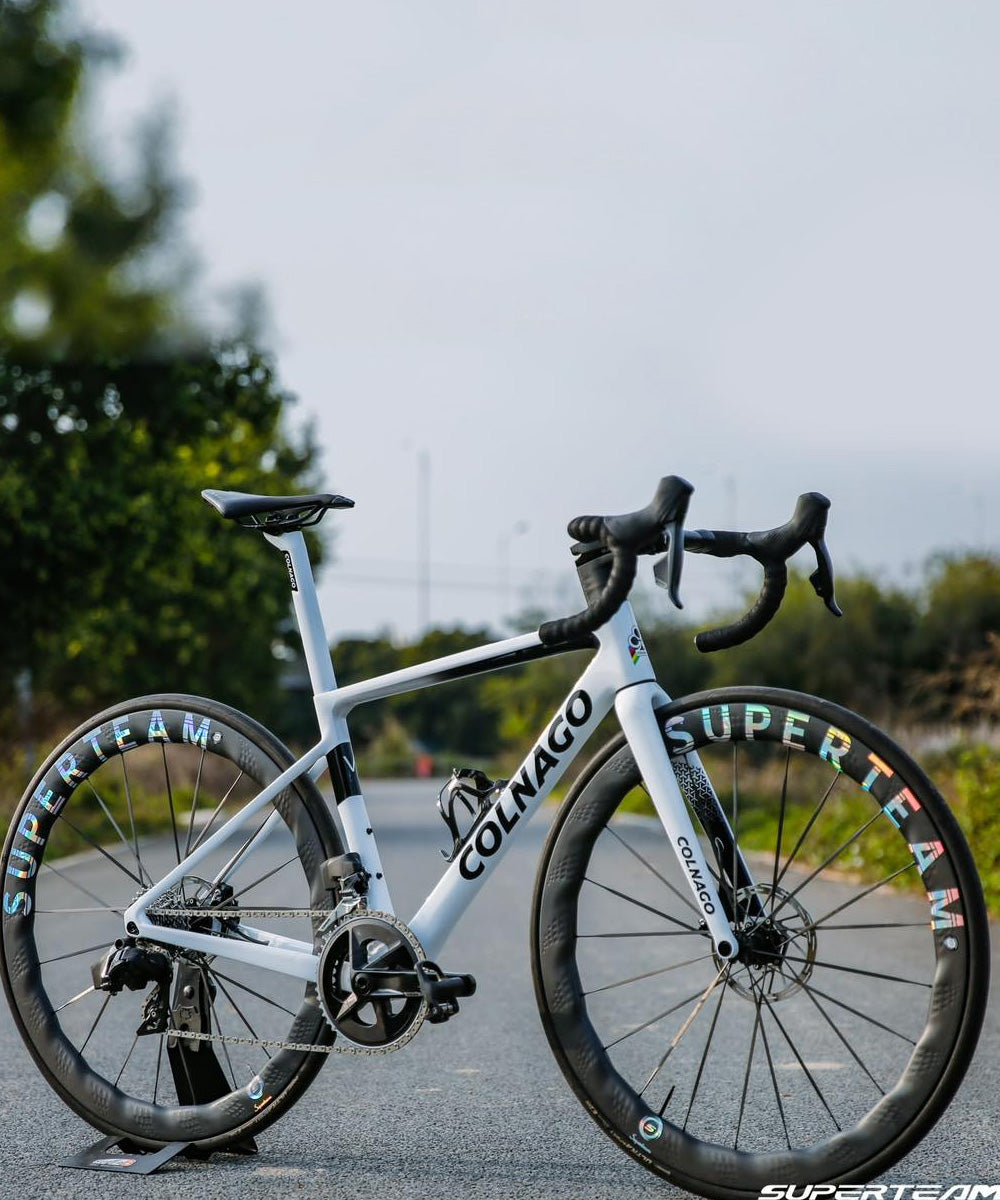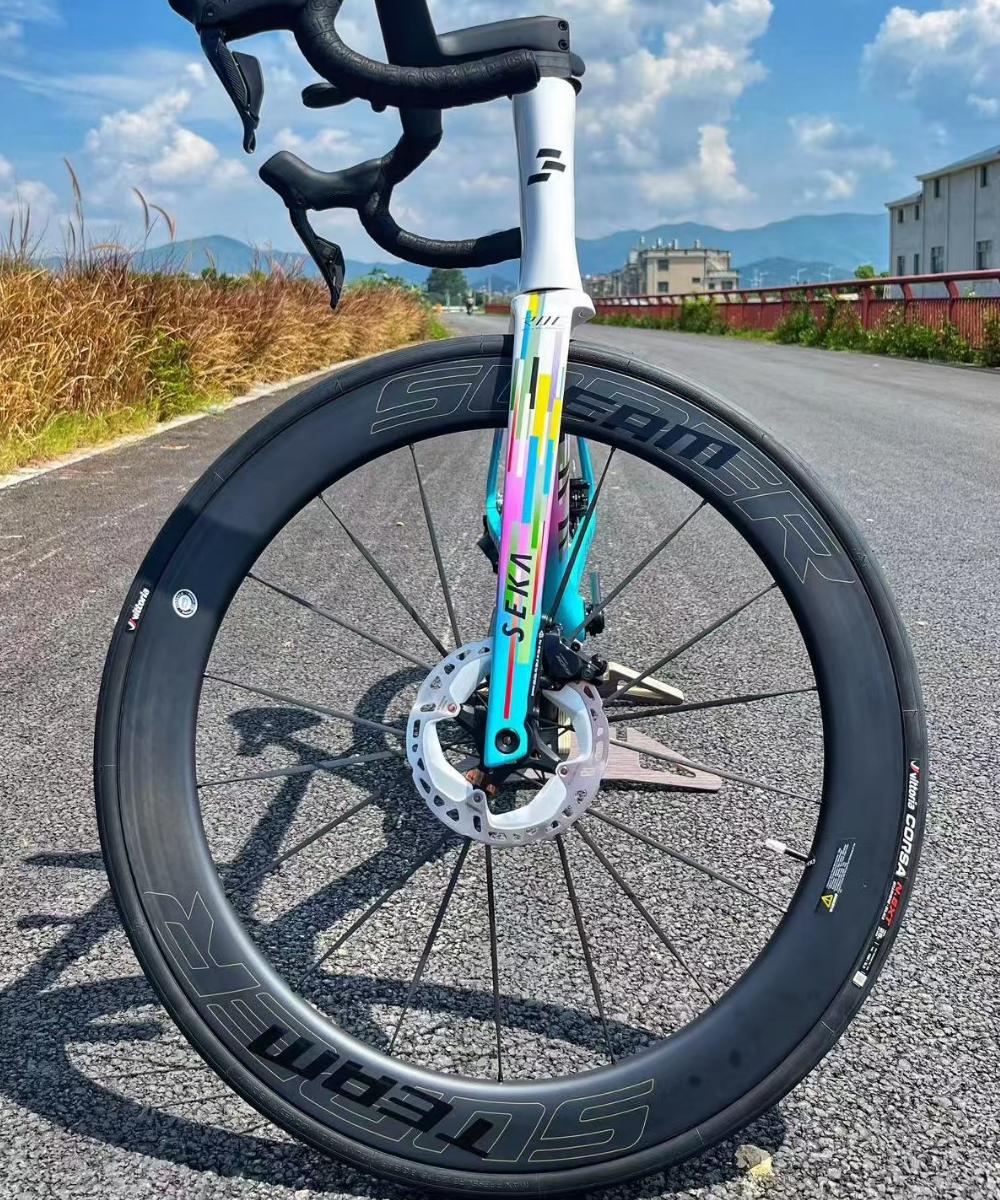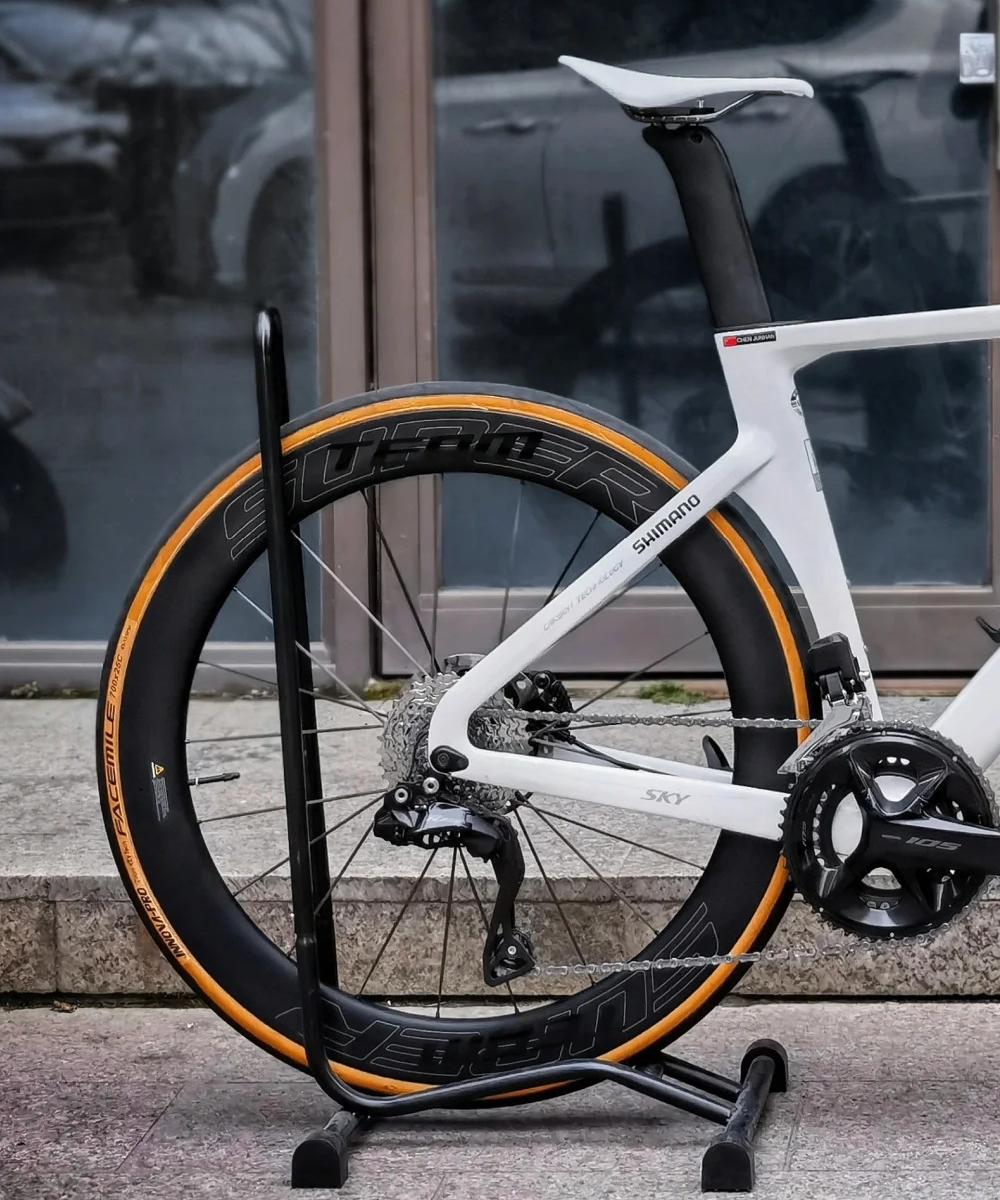Best Wheelset Setups for Mixed Terrain Riding
How to Build the Perfect All-Road, Gravel, and Commuting Wheel System
In today’s cycling world, more riders are exploring beyond the pavement. Mixed terrain riding — blending tarmac, gravel, light trails, and even urban commuting — is becoming increasingly popular. But one question always comes up: What’s the best wheelset setup for mixed terrain?
This guide will help you understand:
The key features your wheelset needs for versatility
The best rim widths, tire sizes, and materials
Whether to choose a multi-wheel system or an all-in-one setup
Why Mixed Terrain Requires Special Consideration
When you ride mixed surfaces, your wheels need to balance:
Durability: For rougher gravel and light trails
Weight: To keep road efficiency high
Comfort: To handle uneven surfaces without excessive fatigue
Tire Compatibility: To allow wider tire options
Choosing the right wheelset is essential for safety, performance, and overall ride enjoyment.
Key Features of a Mixed Terrain Wheelset
1. Internal Rim Width: 21–25mm
A wider internal rim supports larger tires (32C–45C), improves tire stability, and allows you to run lower pressures without risking tire roll.
2. Hookless or Tubeless-Ready Design
Tubeless setup reduces punctures and allows flexible pressure tuning for both road and gravel.
Hookless rims are lighter and work well with wider, tubeless-compatible tires (but ensure your tire is hookless-approved).
3. Rim Depth: 30–45mm
Lower profile rims (30–35mm) offer crosswind stability and comfort.
Mid-depth rims (40–45mm) provide some aero benefit without sacrificing handling on rough roads.
4. Durable Spoke Count
24–28 spokes are ideal for balancing weight and toughness.
For heavier riders or rougher trails, 28-spoke setups provide extra security.
Best Wheelset Configurations for Mixed Terrain
Option 1: All-Round Tubeless Carbon Wheelset
Internal width: 23mm
Rim depth: 35–40mm
Hookless or hooked tubeless-ready
Tire size: 32C road to 40C gravel
Advantages:
One wheelset for everything
Lightweight for road, strong enough for gravel
Quick tire swaps for different rides
Example:
Superteam 35mm Carbon Gravel Road Wheelset – designed for all-road versatility.
Option 2: Dual-Wheelset Strategy
Set 1: Aero wheelset with 28C tires for road days
Set 2: Wide gravel wheelset with 38–45C tires for off-road
Advantages:
Specialized setups for each riding style
Faster tire changes (swap wheels instead of remounting tires)
Best for:
Riders switching frequently between competitive road rides and rough gravel routes.
Option 3: Alloy Gravel-Specific Wheelset
Lower budget option
Wider internal width (23–25mm)
Extra durability for rough surfaces
Advantages:
Great for commuters and adventure riders
Lower cost, less worry about damage
Downsides:
Heavier than carbon
Less aerodynamic
Tire Pressure & Selection Tips for Mixed Terrain
Road-heavy rides: 28C–32C tires, 60–80 PSI
Gravel-heavy rides: 35C–42C tires, 30–45 PSI (tubeless preferred)
Always match your tire pressure to rim width and terrain
Tubeless tires are highly recommended for mixed terrain due to their puncture resistance and ability to run lower pressures for comfort.
Conclusion: Build a Wheelset That Matches Your Ride
The best wheelset for mixed terrain riding is one that offers:
Flexibility
Durability
Comfortable tire support
Reliable tubeless performance
Whether you prefer an all-rounder carbon wheelset or a dual-wheel strategy, the key is to prioritize versatility and dependability over pure speed.
At Superteam, we offer a range of tubeless-ready carbon wheelsets designed specifically for riders who switch between road and gravel — so you can ride anywhere, anytime, with confidence.




